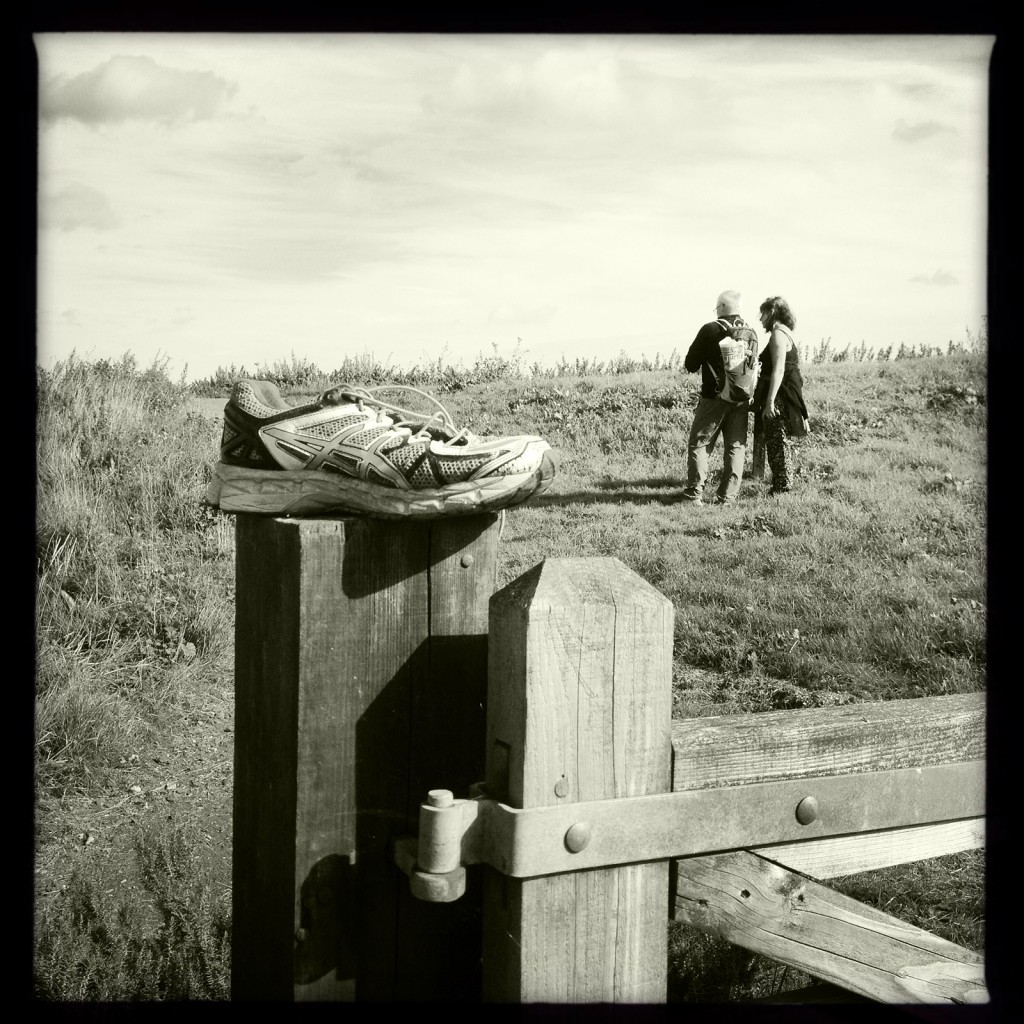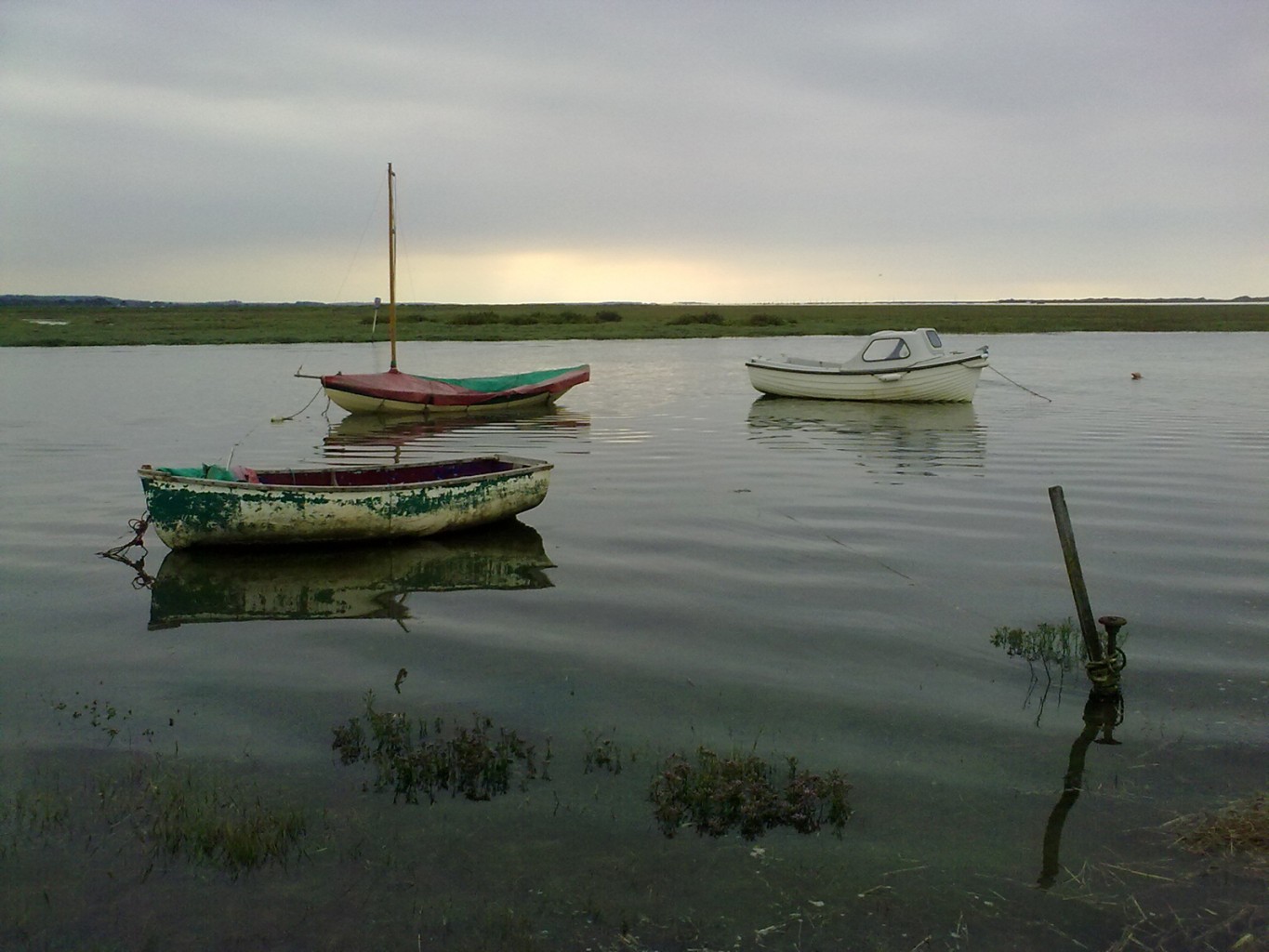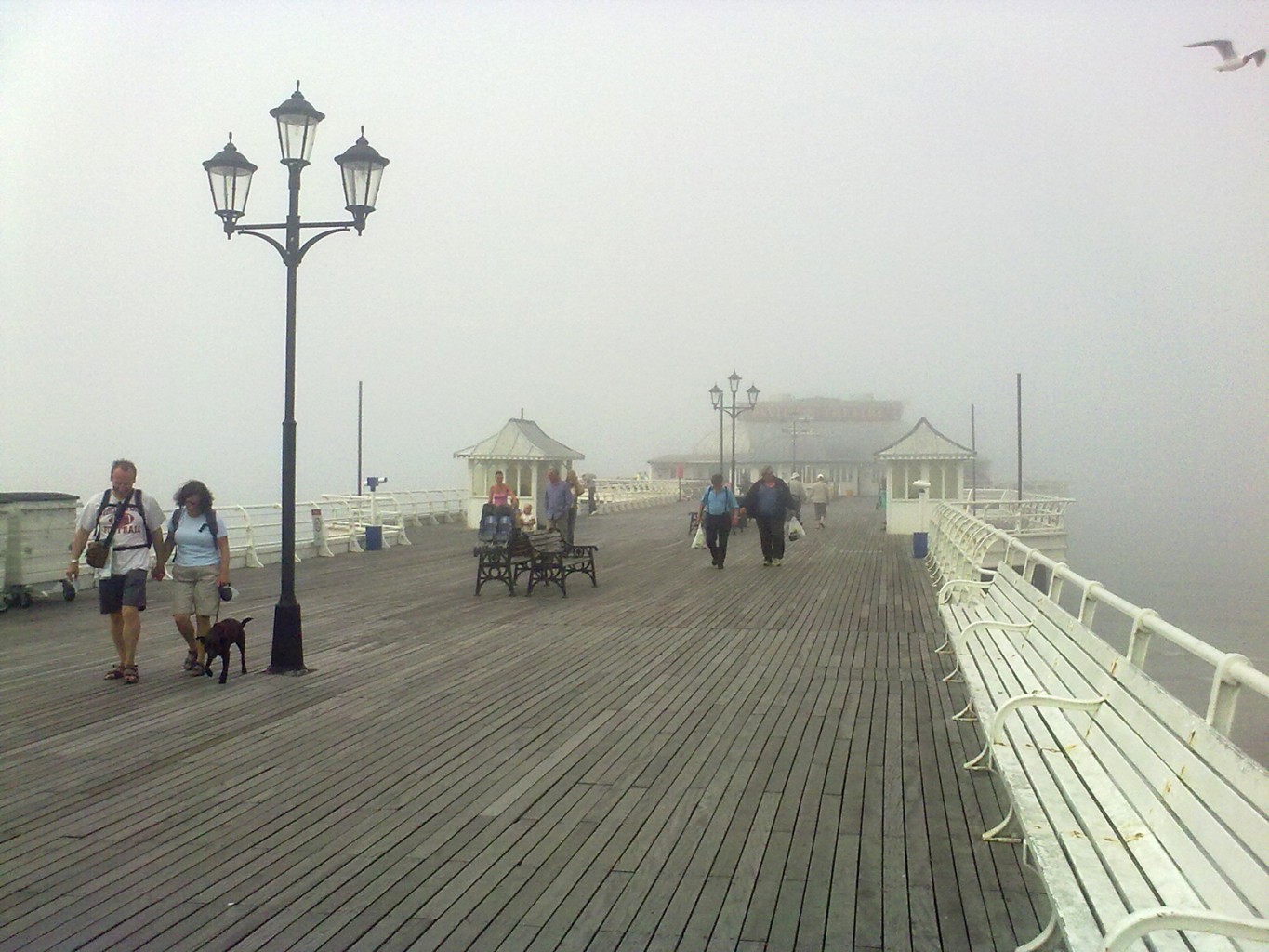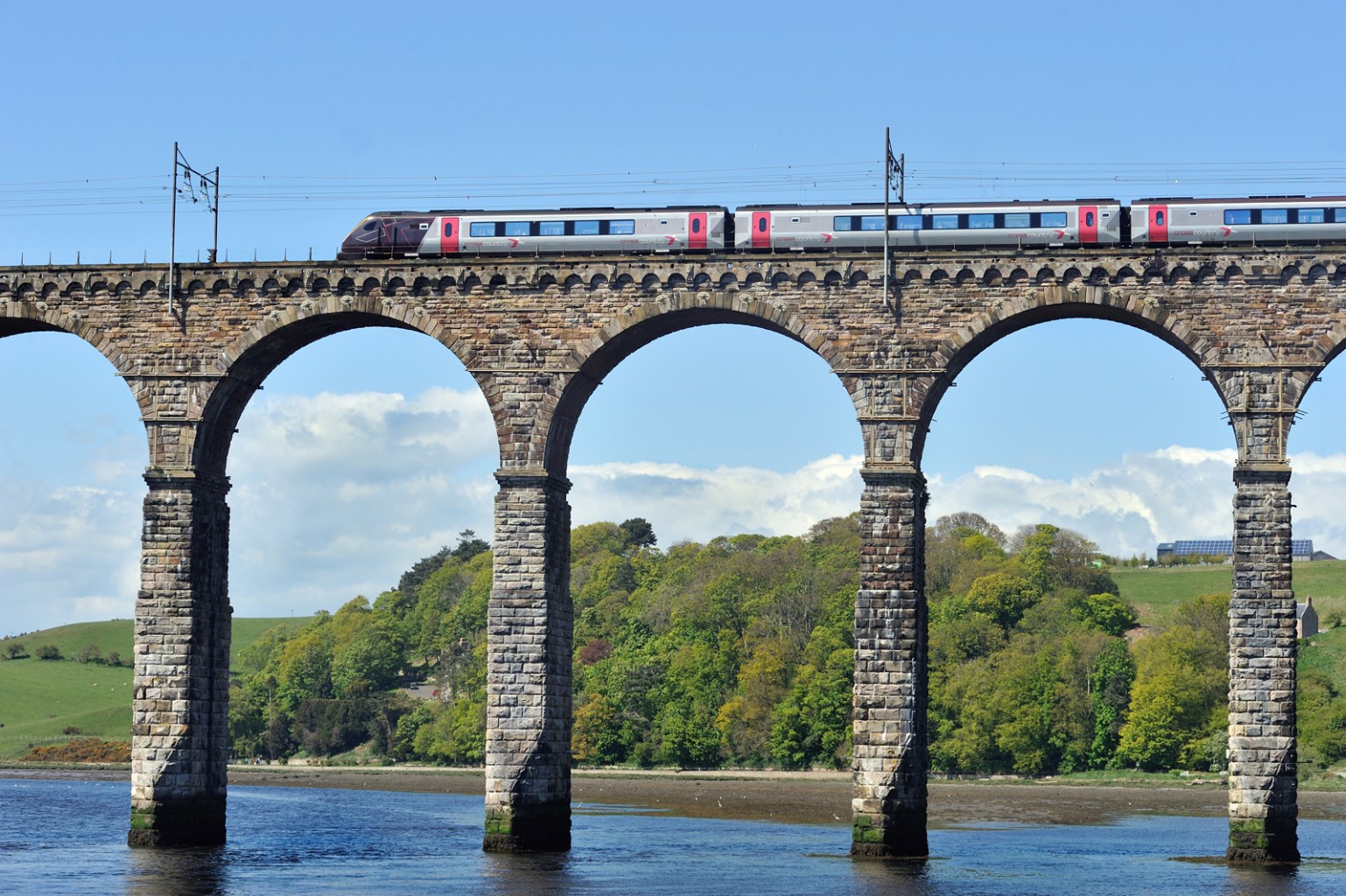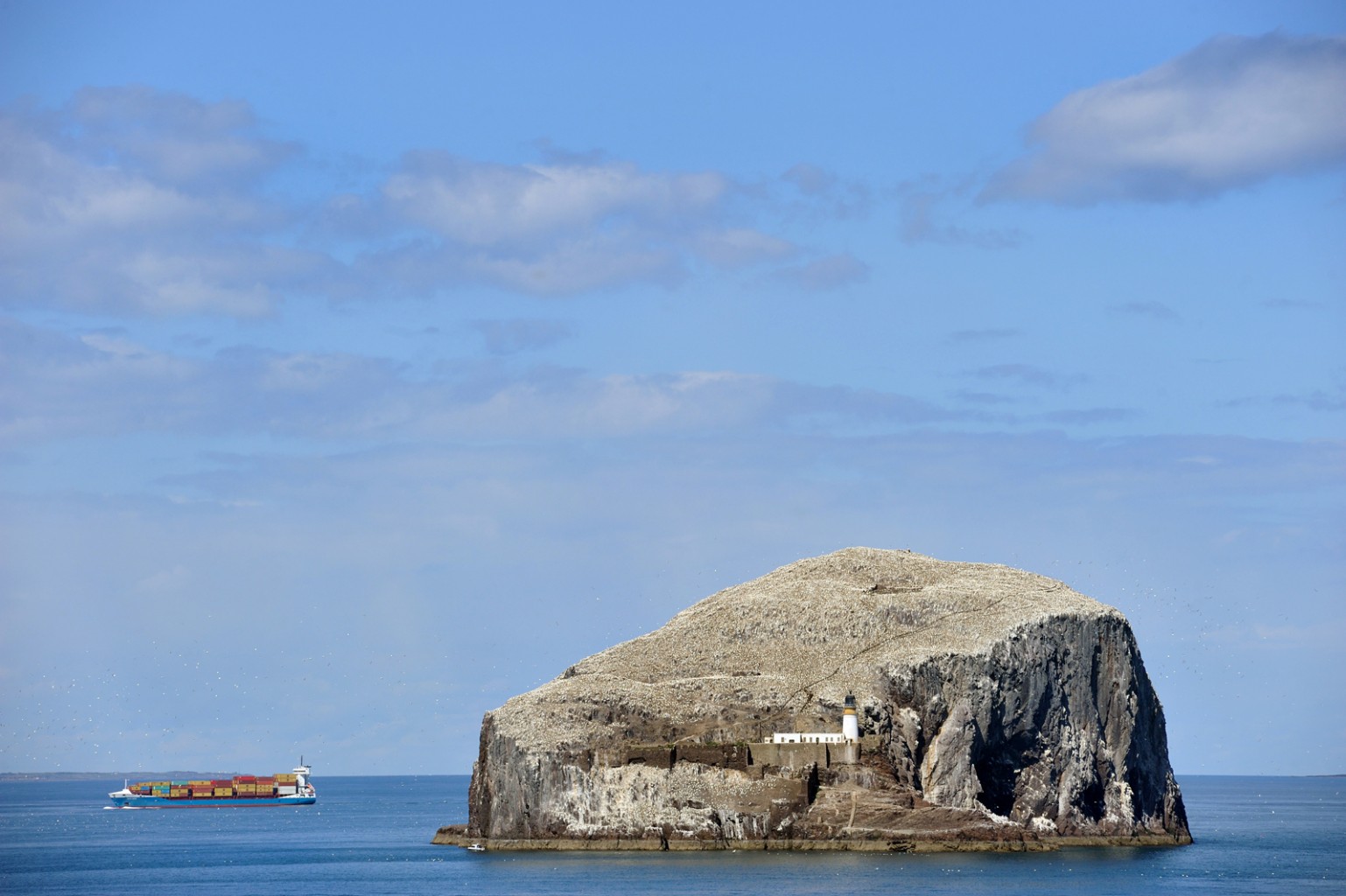Islay: Lord of the Isles
Islay: Lord of the Isles | Documentary and Landscape Photography
Islay is the southernmost island of the Inner Hebrides of Scotland with a rich history, diverse landscape and plenty of whisky distilleries. For over 400 years Islay was the centre for the Lordship of the Isles. At their height, the Lords of the Isles were the greatest landowners and most powerful lords in Britain after the Kings of England and Scotland.
The journey to Islay involves a long, but beautiful drive through the Highlands, followed by a fabulous (depending on the weather you get) 1 hr 45 minutes ferry trip from the terminal at Kennacraig. The route is a busy one with many visitors heading to Islay intent on experiencing the nine distilleries (more are in development) that offer tours and tastings. I wanted to experience a bit of everything… including the distilleries.
Lordship of the Isles
Historically Islay was at the centre of Hebrides life for centuries. The Lord of the isles were based at Finlaggan, a remote location set on an island where the Lord of the Isles ruled over vast territory that included most of Hebridean isles and even in later years included Ross. Successive Lords of the Isles fiercely asserted their independence from Scotland, acting as kings of their territories well into the 15th century.
By the 15th century James IV of Scotland. had decided that he want to take the lands, titles from John MacDonald II, the Lord of the Isles at that time. John had made an alliance with Edward IV, the king of England, in 1493. The Scottish crown finally decided to remove a thorn from its side. The title of Lord of the Isles was taken, along with ancestral lands and estates, as a royal title and is currently held by Prince Charles.
Finlaggan
The visit to Finlaggan came with a problem to overcome. Lots of water. The previous week before my visit had seen Islay get huge amounts of rain which had saturated the ground around Loch Finlaggan flooding the pathway down to the island. Definitely a job for some wellington boots. The only issue was I didn’t have any. I could either look at Finlaggan from a distance or get wet. Plan B then. Drastic measures which resulted in me wading out in my walking boots and jeans. Certainly not the first time I’ve got my feet wet for a photograph!
The images from Finlaggan are among my favourites from the trip. The location had a serenity to it along with the beautiful scenery and the historic importance of the site. As with many historic sites signs of modern life like the visitor centre and local farms are present. I made the decision to try and use the ruins to block out anything in the landscape that ‘ruined’ the ancient ‘atmosphere’ of Finlaggan.
The Whisky Island
While a wonderful landscape and rich Scottish history may appeal to some of us, arguably the biggest draw to the island is whisky with nine active distilleries receiving a huge number of tourists and whisky enthusiasts each year. Each distillery has its own character and every tour has its own unique experience. Tastings are particularly popular with each distillery providing different levels to suit entry-level through to the whisky connoisseur.
Visiting Jura
With a day remaining it was time to take a look at Jura. The tantalising close landscape of the small neighbouring island to Islay draws you in and fortunately there is a regular ferry service taking a surprising number of passengers back and forth. The waters between the island can run fast during tidal movements as the water rushes through the narrow channel.
Although Jura has a wonderful landscape to explore, another big pull to the island is the small whisky distillery that produces Jura whisky.
Related Galleries
The photographs in this gallery form part of the Scotland: Lowlands, Highlands and Islands project.
My 2015 Edinburgh photography called ‘The Two Towns’ can be found HERE
The Edinburgh: Seven Hills project can be found HERE
Photography Prints
If you would like to purchase a print then the Richard Flint Photography RedBubble store has a wide range of images available.
Framed prints, canvas prints, art boards, metal prints, acrylic block plus lots more can be found on the RedBubble store HERE.


